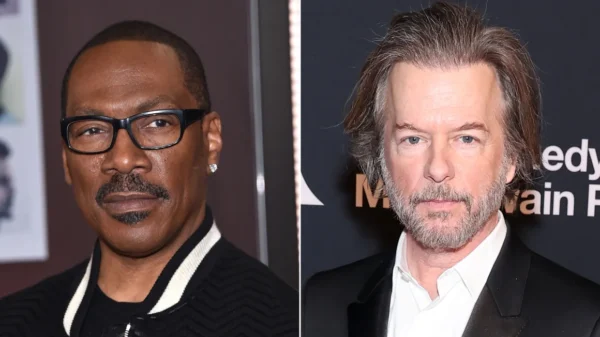During the oral argument in Trump v. Anderson, the voters’ counsel was forced to abandon their claim that the Speaker and the Senate President Pro Tempore were “officers of the United States” whose appointments were not provided for in Article II, Section 2. This was referred to as “an exception to the general rule” by Patrick Murray, resulting in the surrender of two of the four positions listed in Justice Scalia’s letter to Tillman. However, the question remains about the other two positions mentioned in the letter: are the President and Vice President also “officers of the United States” whose appointments are not provided for in Article II, Section 2? Through the Sinecure Clause, Tillman and I have demonstrated that this is not the case. In our view, the phrase “not herein otherwise provided for” is essentially a null set, indicating that there are no such offices. This means that all “Officers of the United States” are provided for in Article II, Section 2. During the Originalism Works-in-Progress Conference, I was asked why the Framers would include this phrase if it referred to zero positions. One possible explanation can be found in the drafting history of the Appointments Clause. At earlier stages of the convention, the legislature had the power to appoint various positions, such as judges, ambassadors, and the treasurer. However, over time, this power was removed and given to the President. As a result, the phrase “not herein otherwise provided for” indicated that all “Officers of the United States” were to be appointed according to the procedures outlined in Article II, Section 2. This was further reinforced by the addition of the phrase “and which shall be established by law” to the Appointments Clause, clarifying that these officers must be created by statute, not by the Constitution. From the drafting history, there is no evidence to suggest that the phrase “not herein otherwise provided for” refers to the President, Vice President, Speaker, and Senate President Pro Tempore, as suggested by Scalia. Tillman and I discuss this history in detail in Part III of our series (pp. 387-390). While the drafting history of the Appointments Clause may be complex, it aligns with our approach. For example, on May 29, 1787, James Madison introduced the Virginia Plan, which would have given the “National Legislature” the power to choose judges. In contrast, at this point, the appointment of “executive branch officers” was considered to be within the “Executive rights” of the “National Executive.” (Mascott, 2018). This further supports our argument that all “Officers of the United States” are provided for in Article II, Section 2.


































